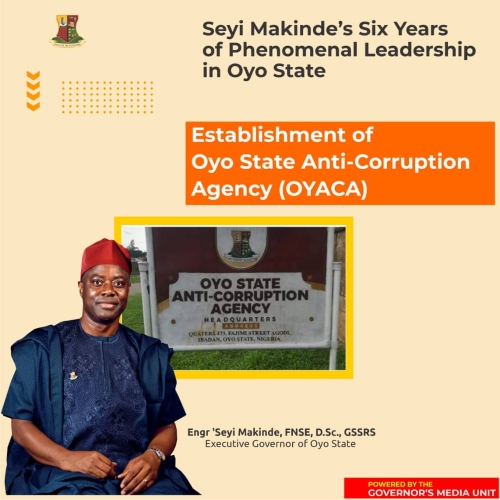
●Ohio Couple Welcomes Healthy Son from 30-Year-Old Embryo
In an extraordinary fusion of science, patience, and human longing, a baby boy named Thaddeus Daniel Pierce was born in 2025 from an embryo frozen in 1994—making him one of the oldest frozen embryos to result in a successful live birth. His arrival has stunned the medical community and made global headlines, but for the Ohio couple at the center of the story, their goal was simple: they just wanted to become parents.
Thaddeus was born on a quiet Saturday, but his story is anything but ordinary. At 30 years old, his embryo predates Google, TikTok, and smartphones. And yet, here he is—alive, healthy, and beaming a new kind of hope for families struggling with infertility.
From Frozen Cell to Cradle: A Journey Three Decades in the Making
The embryo that became Thaddeus was created in 1994 by Linda Archerd and her then-husband. At the time, they were undergoing in-vitro fertilization (IVF), and four embryos were produced. One led to the birth of their daughter. The other three were preserved in deep freeze.
Following the couple’s eventual divorce, Linda made a conscious and costly decision not to destroy the remaining embryos, donate them anonymously, or release them for scientific research.
“I always wanted to be involved,” she told MIT Technology Review. “That baby would be my daughter’s biological sibling.”
Linda kept the embryos in storage for 30 years, spending thousands of dollars on their preservation. Her long wait for the right adoptive family ended when she connected with Nightlight Christian Adoptions—a faith-based organization known for its Snowflakes Embryo Adoption Program, which allows donors to select the families that will raise the child.
Her criteria were clear: a married, Christian, Caucasian couple living in the United States.
That couple turned out to be Lindsey and Tim Pierce of Ohio, who had spent the past seven years coping with infertility, hoping, and praying for a chance to build their family.
“We Just Wanted a Baby”
For Lindsey (35) and Tim (34), the match wasn’t about breaking medical records. It was about a dream fulfilled.
“We weren’t out to make headlines,” Lindsey said. “We just wanted to have a baby.”
The embryo transfer was carried out at Rejoice Fertility, a Tennessee-based clinic that accepts and implants embryos regardless of how long they’ve been frozen. The clinic is part of a growing community of reproductive specialists who believe age doesn’t determine the viability of an embryo.
Thaddeus’ successful birth now sets a new record for the longest-known interval between embryo freezing and live birth, surpassing the previous record held by twins born in 2022 from embryos frozen in 1992.
Medical experts are cautiously optimistic but excited about what this means for the future of reproductive medicine.
“This is more than just a record-breaking birth—it’s a testament to how far fertility preservation and IVF technology have come,” said Dr. Elena Rowe, a reproductive endocrinologist not involved in the case. “It raises questions and possibilities about what constitutes the beginning of life and how we define reproductive timelines.”
Completing the Circle
For Linda Archerd, now in her early 60s, Thaddeus’ birth represents a full-circle moment.
Though she hasn’t met the baby in person yet, she’s already noticed a resemblance between him and her daughter.
“There’s a clear resemblance,” she said. “It’s like looking at the past through the present.”
Her decision to preserve the embryos has not only given life but built a unique biological connection between her daughter and Thaddeus—a brother born decades apart through a bond frozen in time.
Nightlight Christian Adoptions hailed the outcome as a “beautiful example of faith and science working together to create families.”
Implications for the Future
Thaddeus’ story may be rare, but it could become less so. As more people turn to IVF and embryo preservation, long-term storage is gaining ground as a viable reproductive path, especially for those facing medical issues, advanced maternal age, or long-term family planning.
It also adds new ethical, legal, and emotional dimensions to the conversation around embryo adoption and storage duration.
“How long is too long to freeze an embryo?” is a question more people and clinics may now have to answer.
For Lindsey and Tim, none of that matters as much as holding their son in their arms.
“We call him our little miracle,” Tim said. “Because that’s exactly what he is.”
And for Thaddeus, though he may not understand the 30-year journey that brought him into the world, his existence is already rewriting medical history—and redefining what it means to wait for life.











